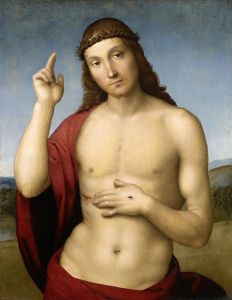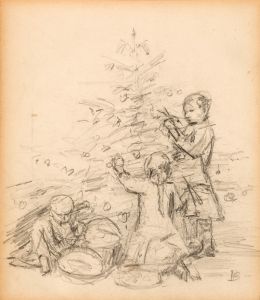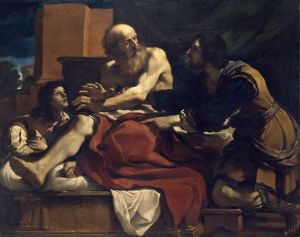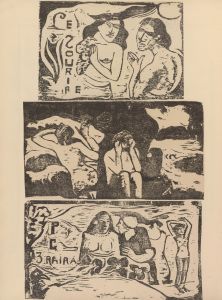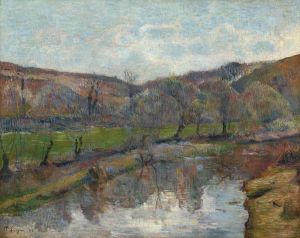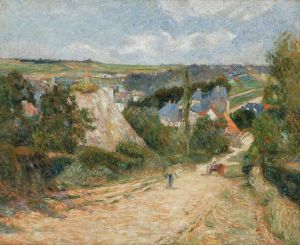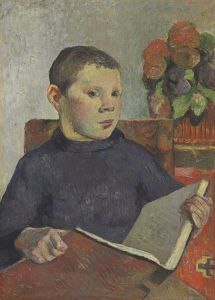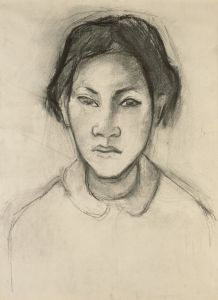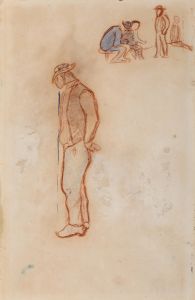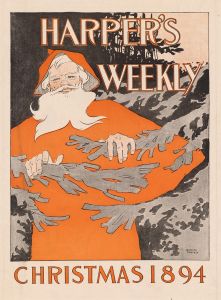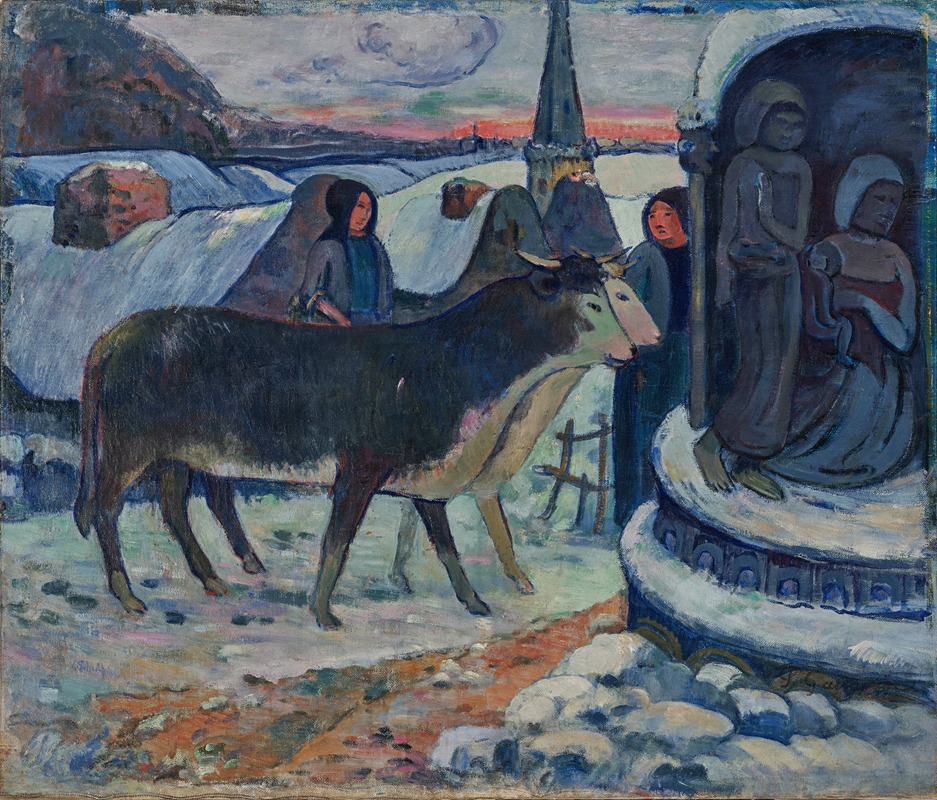
Christmas Night
A hand-painted replica of Paul Gauguin’s masterpiece Christmas Night, meticulously crafted by professional artists to capture the true essence of the original. Each piece is created with museum-quality canvas and rare mineral pigments, carefully painted by experienced artists with delicate brushstrokes and rich, layered colors to perfectly recreate the texture of the original artwork. Unlike machine-printed reproductions, this hand-painted version brings the painting to life, infused with the artist’s emotions and skill in every stroke. Whether for personal collection or home decoration, it instantly elevates the artistic atmosphere of any space.
"Christmas Night" by Paul Gauguin is a painting created by the renowned French post-impressionist artist during his time in Tahiti. Gauguin, who is best known for his bold use of color and synthetist style, sought to escape European civilization and find a more "primitive" and pure form of life, which he believed existed in Tahiti. This painting is a reflection of his experiences and the cultural influences he encountered during his stay on the island.
The painting, also known by its French title "La Nuit de Noël," was completed in 1894. It is one of the many works Gauguin produced that depict the people and landscapes of Tahiti, capturing the essence of the island's culture and traditions. Gauguin's time in Tahiti was marked by his fascination with the local customs and the vibrant natural environment, which he sought to express through his art.
"Christmas Night" is characterized by Gauguin's distinctive style, which combines elements of symbolism and primitivism. The painting features a scene that is both mysterious and evocative, with figures that appear to be engaged in a ritual or celebration. Gauguin's use of color is particularly striking, with deep blues and rich earth tones that create a sense of depth and atmosphere. The composition is carefully balanced, with a focus on the interaction between the figures and their surroundings.
Gauguin's work often explored themes of spirituality and mythology, and "Christmas Night" is no exception. The painting reflects his interest in the spiritual beliefs of the Tahitian people, which he often incorporated into his art. This interest is evident in the way he portrays the figures in the painting, imbuing them with a sense of mystery and reverence.
During his time in Tahiti, Gauguin was deeply influenced by the island's culture, and this is reflected in the way he depicted the local people and their traditions. His paintings from this period often feature Tahitian women, whom he portrayed with a sense of dignity and grace. In "Christmas Night," the figures are depicted in a way that suggests a connection to the spiritual world, a theme that was central to much of Gauguin's work.
Gauguin's time in Tahiti was not without its challenges. He faced financial difficulties and health problems, and his relationships with the local people were often complex. Despite these challenges, he produced some of his most important work during this period, including "Christmas Night." The painting is a testament to his ability to capture the essence of a culture that was vastly different from his own, and to express it through his unique artistic vision.
Today, "Christmas Night" is considered an important example of Gauguin's work from his Tahitian period. It is admired for its bold use of color, its evocative composition, and its exploration of themes related to spirituality and cultural identity. Gauguin's work continues to be celebrated for its innovative approach and its ability to convey the artist's deep engagement with the world around him.





